Of the long and somewhat coded, cryptic model name--Fischer RC4 Carbon Pro LV 130+ BOA ZF--the last two letters, ZF, made the difference for our test team. The difference, specifically, between loving it, and well, maybe not so much. ZF stands for ZipFit, as in the aftermarket, customizable liner known for its ground-up, cork-in-resin fill material (ankle pockets and tongue) and for its liner-on-foot-then-cram-in-shell entry method. Fischer's ZF boots utilize this liner as an almost-custom solution to the inner boot question and about half our test team thinks that is the best idea Fischer has ever had.
The thing about the ZipFit liner is that it's not for everyone, but it's absolutely fantastic for skiers who need what it offers--namely, ultra-snug ankle and heel pockets and very snug lower leg shaft at the throat of the boot, coupled with a very open and airy toebox and forefoot fit. For testers with a low-volume rearfoot, instep and lower leg shaft with a flipper-flared forefoot and squared-off toe shape there aren't many better fit combinations.
That the Carbon Pro LV 130+ BOA ZF offers this unique fit map means that it suffered a bit on the fit scoring from testers who thought the forefoot and toebox didn't hit the target for a so-called narrow boot. These were not the testers who categorically love ZipFit. If we looked only at the group of testers who fit the ZipFit bill (and who have previous, positive experiences with the liner) the boot's total average score would have been 9.67 (out of 10) and the second-highest scoring boot of the men's test. Looking only at testers who feel the ZipFit's fit tension is incongruent from rearfoot to forefoot, it would have scored a silver-medal-worthy 8.63. You see where we're going here.
Regardless of the fit argument, some testers said that the skiing performance of the Carbon Pro LV 130+ BOA ZF was so good that it erased whatever demerit they'd given the boot on fit. Testers said the blend of smooth-but-limitless power coupled with mind-blowing quickness of response was one of the best of test. The carbon fiber infused polyurethane cuff offered a solid and balanced base of support but testers loved how it moved--long and progressive with a lot of rebound energy. Laterally and torsionally, testers said it was brick outhouse strong, making their edges feel sharper and readily leaving trenches through a.m. melt-freeze hard pan.
One of the benefits of a Fischer ZF model is that you get the rather spendy ZipFit liner as part of the deal, rather than buying it separately and discarding a stock liner. Yes, the boot is over a thousand bucks, so perhaps the cost is baked-in, but this is a ZipFit built specifically for this particular boot, and that helps with fit and performance.
Testers often notice at the beginning of the test period that the ZF liner shears about inside the shell during skiing, which is disconcerting. This phenomenon gets less noticeable with each tester who helps break-in the liner, matching its exterior material to the interior shape of the shell. The inside of the ZipFit also takes some time, and heat, to mold to the skier's foot, and while each tester will comment that the fit and feel improved over the course of three test runs, the real benefits of the personalized ZipFit auto-mold become most apparent after subsequent days and even weeks of use. It's dense, movement-transmissive stuff that doesn't pack-out, but it doesn't move quickly. It lets you do that.
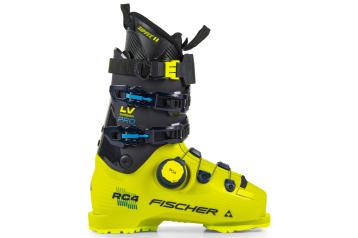

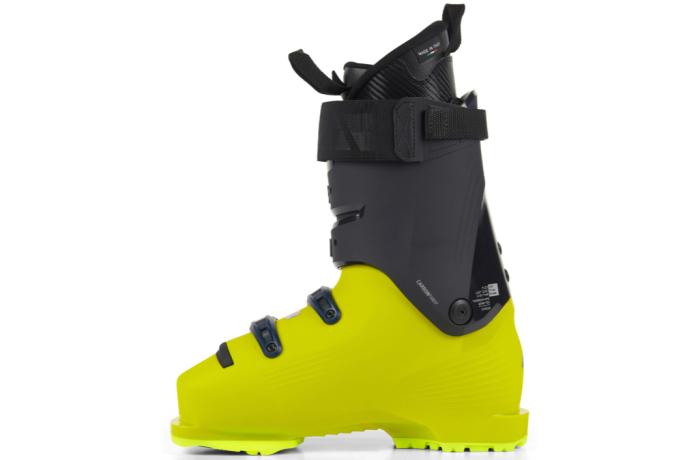
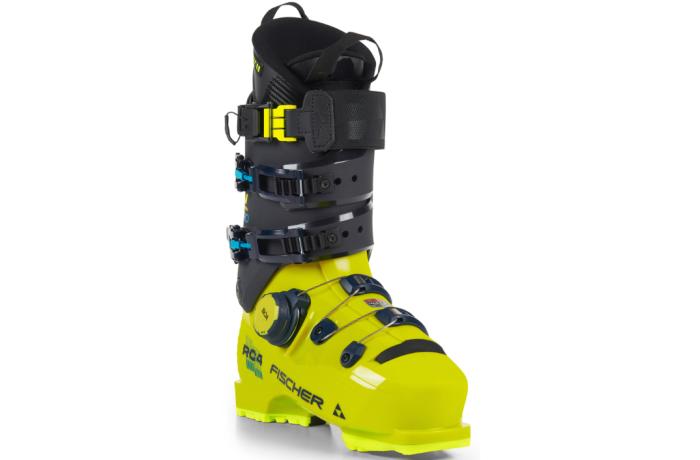




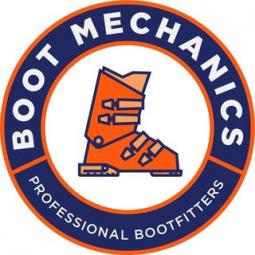


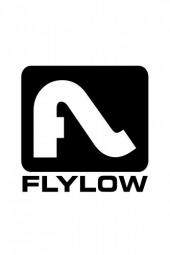



Kudos
Caveats